Tourists are welcome in Japan again. All entry restrictions have been lifted. 2023 could be particularly interesting for travelers to Japan, because the number of tourists in the country is rising only slowly and the Japanese currency is weakening. What makes the country tick after the Corona pandemic and tips for travel preparations.
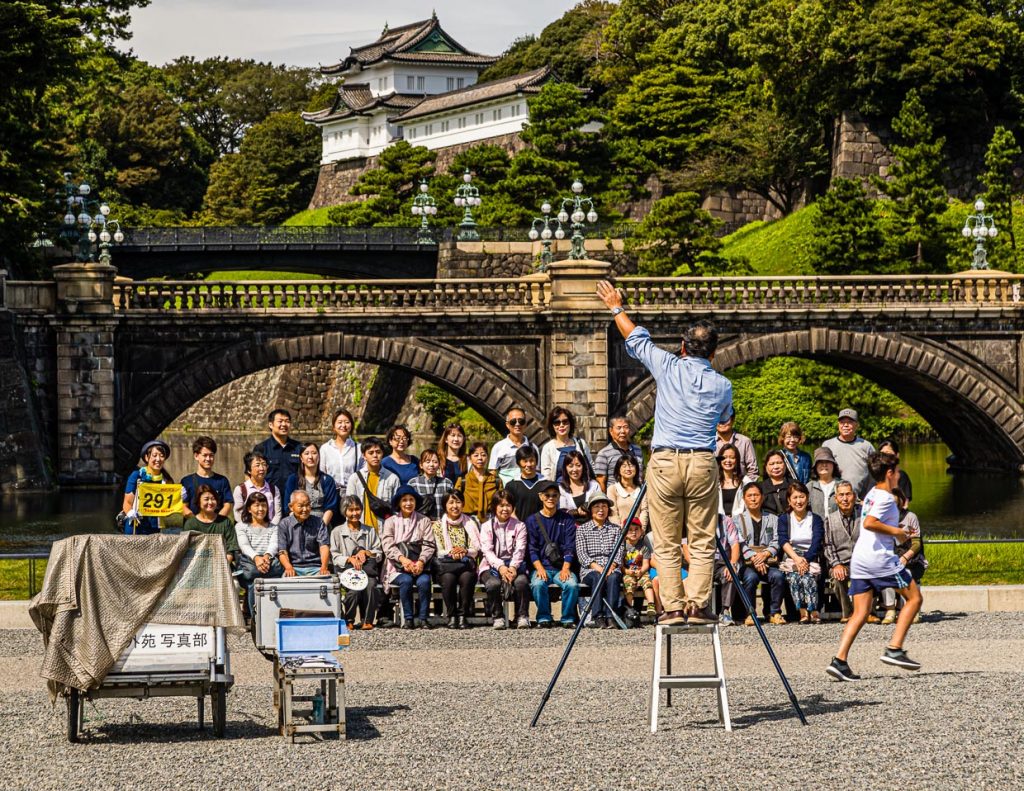
Earlybird or the calm before the storm
Japan has been open to tourists again since October 11, 2022. The entry restrictions that were last still in place for individual tourism have also been lifted. Visitors from Germany, Austria and Switzerland no longer require a visa. A stay of 90 days is thus possible again for any kind of travel to Japan. This is good news for all travelers who may have had to postpone a pre-booked trip several times during the pandemic. For anyone new to Japan as a long-haul destination, 2023 should also be a good year to travel, as visitor numbers are nowhere near 2019 levels of over 30 million tourists. The number of visitors is increasing only tentatively. Tourists from China continue to stay away due to the country’s non-covid strategy. However, a weak yen is favoring tourists from the eurozone. Japan aims to return to 2019 levels by 2025. Major events such as the World Expo in Osaka and the World Athletics Championships in Tokyo in 2025 should contribute to this.
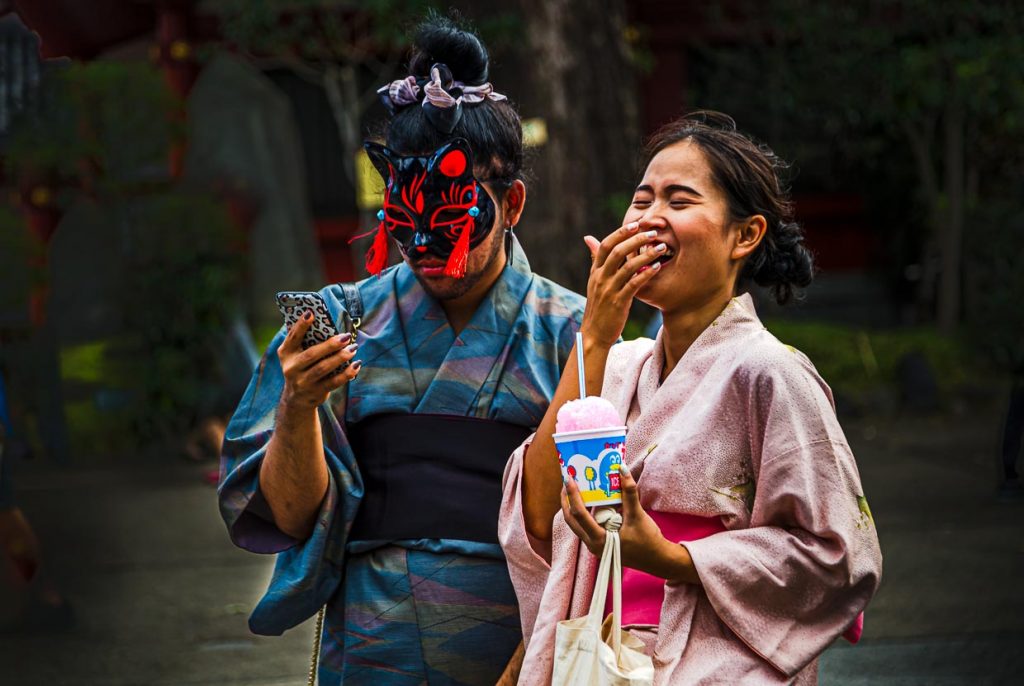
Japan and Corona
The great fear of the virus has also been overcome in Japan. Stores no longer have restricted opening hours, tourists are allowed back into the country, and the streets of Tokyo, train stations and subways are bustling again. But in hotel lobbies, at the entrance to restaurants and even in the entrance areas of large department stores, there are still thermal imaging cameras to check body temperature. Hand disinfection dispensers and disposable gloves at the buffet are also still ubiquitous. Above all, the pandemic companion par excellence, the mask, has lost none of its significance. While people in Europe and America could hardly wait for the mask requirement to be abolished, in Japan it is worn consistently, and unfortunately that means outdoors as well.
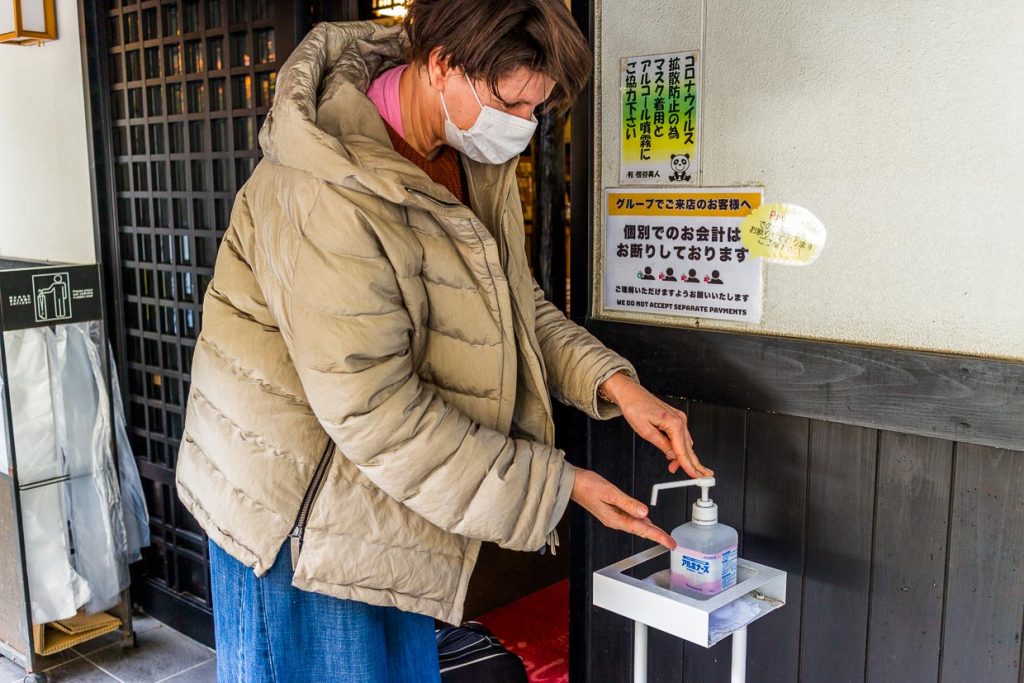
Japanese experts gave the all-clear in spring 2022 that wearing masks outdoors was no longer necessary, but no one wants to follow their advice. The government is also keeping a low profile. And so, on a Monday morning in November 2022, one walks through the deserted gardens of the Imperial Palace wearing a mask and wondering. In Japan’s collective society, this may be due to firmly anchored values such as respect and consideration. The fears and concerns of others are taken seriously. Even if no one knows how large the group of those with fear of infection outdoors still is. Presumably, only a government-imposed ban on masks in the open would have an effect. Until then, tourists must respect the customs of the country.
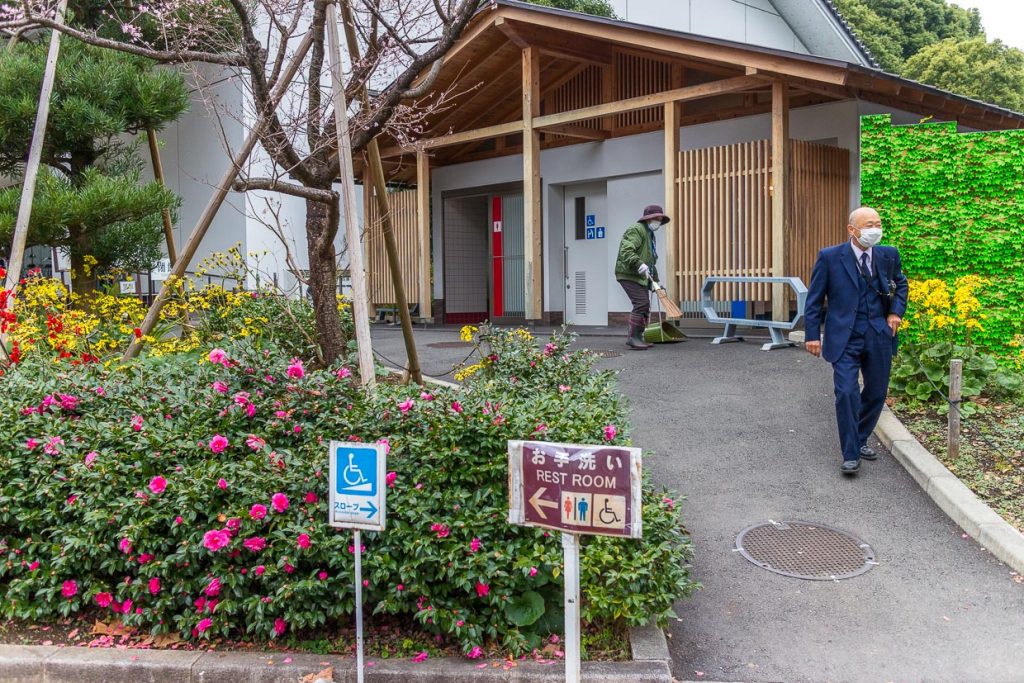
Before entering the country – be patient for VisitJapanWeb
For entry, proof of three Corona vaccinations or a negative PCR test (not older than 72 hours before departure) is still required. Since November 2022, there has been a portal called Visit Japan Web for this purpose. Here you can check the validity of your travel documents before departure. If everything fits, at the end of the procedure you receive QR codes with which you can use a fast track lane at the airport when entering Japan. Before starting the somewhat cumbersome document check, the following documents should be ready: valid passport, first hotel address in Japan, scan of all vaccination certificates. Those who already have four vaccinations should scan all four documents in one file. So far, only three vaccinations are requested in the online forms. If the validity date of the third vaccination has already expired, then enter the date of the fourth vaccination. Somewhat problematic and also time-consuming were the many attempts to upload the passport. Whether the scan or photo is accepted, one learns a few minutes after uploading by e-mail. If not, there is also the possibility to skip the upload of the passport and continue with the vaccination certificates. If these have been accepted, you will receive a corresponding e-mail and the QR code generated in advance will turn blue. Be sure to save this as a screenshot, because at the airport in Japan you may not have internet yet. The entry card (Disembarkation Card) and the customs declaration (Customs Declaration) must also be completed in advance via VisitJapanWeb and you will receive additional QR codes at the end of the registration process.
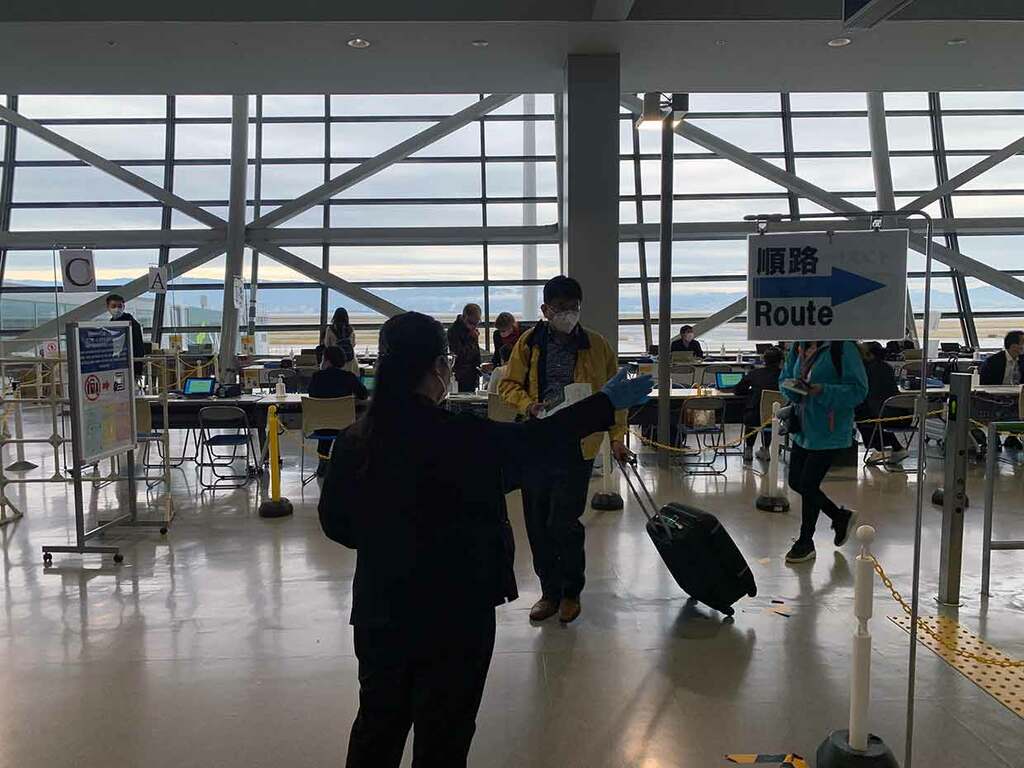
Conclusion on VisitJapanWeb’s test.
It is definitely reassuring to know that your immigration documents will be accepted before you start your trip. All in all, though, this took several hours. Also (as of December 2022), travel in Japan is nowhere near pre-pandemic levels. There are not yet long lines at the checkpoints. In the field test, the supposed fast track lane even turned into the opposite and travelers with a customs declaration filled out online had to wait three times as long as travelers who filled out a card on site.
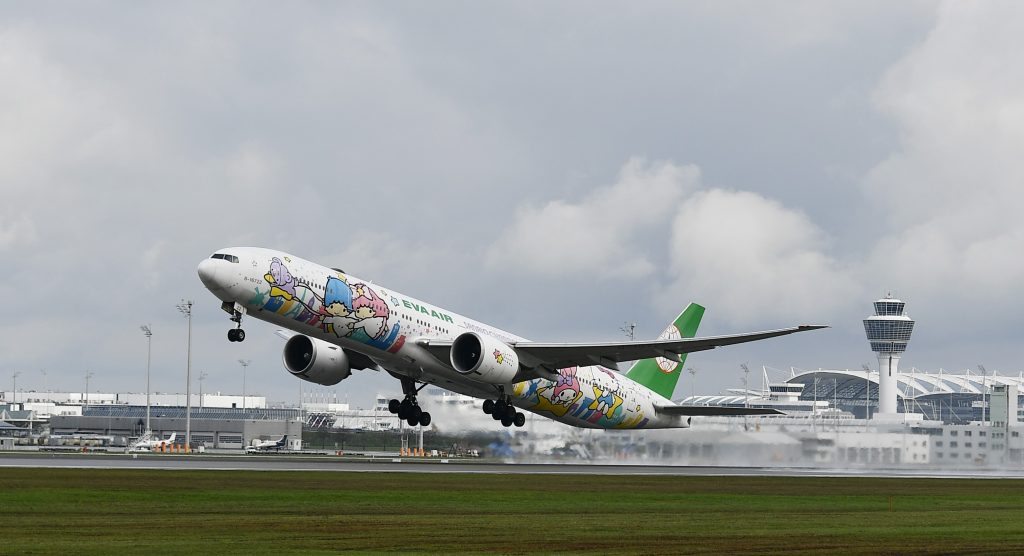
New flight connection of EVA Air
As of Nov. 5, 2022, Taiwanese airline EVA Air will fly nonstop from Munich to Taipei four times a week. From there, EVA Air, which is a member of the Star Alliance and consistently receives top marks for safety, will take travelers on to seven Japanese cities – Tokyo, Okinawa, Fukuoka, Osaka, Sapporo, Sendai and Komatsu. Travelers to Japan can thus take an open jaw flight to the megacity of Tokyo just once and travel directly to another region of Japan on the outbound or return flight. This saves on domestic flights, because within Japan, the excellent rail network and the famous Shinkansen express train take passengers to almost every corner of the island nation. Economy customers are allowed to check in two times 23 kilos of luggage for free with EVA AIR, which is interesting for athletes who want to take their own bike or other sports equipment with them. With just one stop in Taipei, passengers can reach a variety of other destinations in Asia via this hub, with good connecting flights to destinations in Thailand, Cambodia, Singapore, Malaysia, Vietnam, Indonesia or the Philippines. Booking and information EVA Air.
Paying in Japan
As tech-savvy as the country is, cash is the only way to get around in many places. Especially off the beaten track, cash is the only way to pay in restaurants and stores. This can be easily withdrawn with a credit card in the ATM’s of the ubiquitous mini-markets such as 7-Eleven, Lawson or Family Mart.
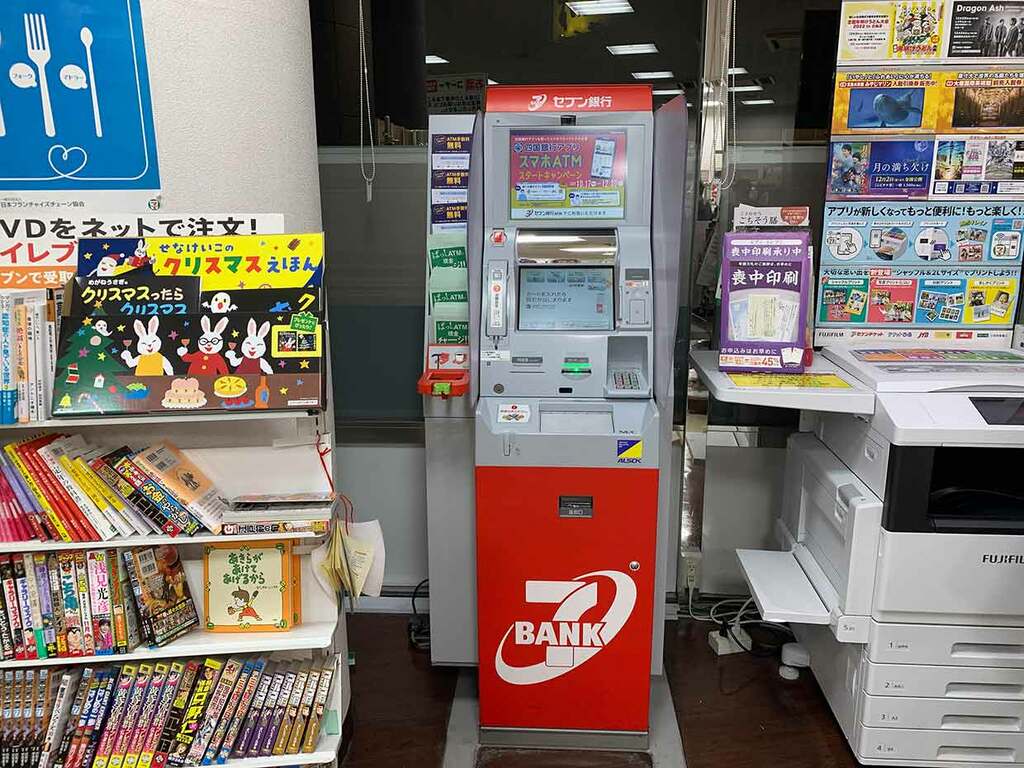
Internet
Free Wi-Fi is available in Japan in many public places such as airports, train stations and hotels. However, the safest option for guaranteed Wi-Fi reception throughout Japan is to rent a personal hotspot or pocket Wi-Fi device once you arrive in the country. Rental stations can be found at all major airports. Alternatively, the device can be reserved in advance via the Internet and delivered to the hotel.
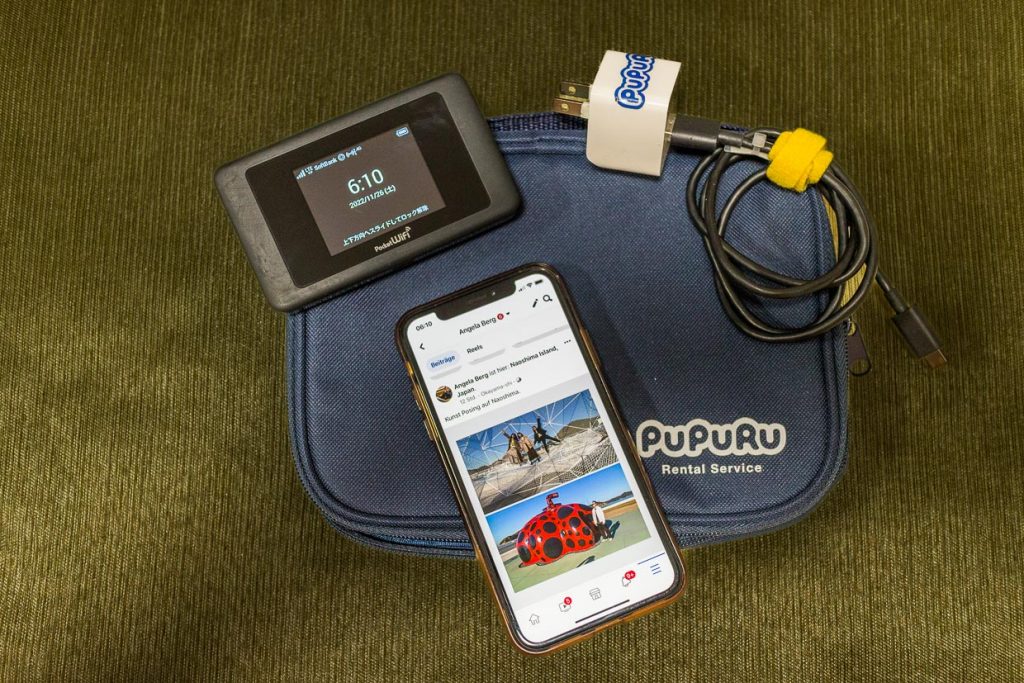
Further information on preparing for a trip to Japan is available from the German branch of JNTO – Japan National Tourism Organisation in Frankfurt.
The research took place during a press trip organized by JNTO.

